a distributor offers tile in different sizes for different places such as a small bathroom, kitchen, or floor. Tile is a product of the building and construction industry, made of terracotta and ceramic, used at the carpentry stage of construction, sometimes this product is also called artificial stone. The word Tile comes from a Latin word, Tegula, which is the French synonym for the word TUILE, which means grilled flowers on roofs, and TILE, which also means coating on buildings. Words like ceramic are derived from Greek roots. Therefore, tiles are clay and ceramic products used in carpentry and landscaping to cover floor and wall surfaces, used in the carpentry phase of building construction, also known as artificial stone. Tiles and ceramics are products in which clay or pottery is the main ingredient. The tiles are used to cover the surfaces of sanitary facilities in houses, administrative centers, and hospitals. The type of color used to decorate the tile can also be included in the original texture of the tile. The colors used can be of different types, such as clays or pigments, which are natural colors that are added to clay before it is fired and sometimes added to the body after it is fired. Tiles and ceramics have different degrees of resistance, so each type of tile can be used in its own environment. A tile in normal and standard states has two parts, described as follows: 1- The main body of the tile, i.e., the piece of mud, is called the skeleton of the tile, because the original part of the tile is this part. 2- The glaze and appearance on the ceramic glazed tiles , used for landscaping, etc., is a glass material, which is made of materials such as glass and some metal and mineral oxides.
small bathroom floor tile distributor
increasing tile use for different places such as small bathroom floor or wall of pool, a profitable opportunity has been created named distributor. To be successful in business, a distributor needs a business plan. the business plan should include the following:
- An executive summary summarizes the main points of your business plan.
- The business overview provides a description of the business, including its legal structure and type of business, as well as a brief description of your products and services.
- Your execution plan includes an operational plan as well as a sales and marketing plan.
- An operating plan outlines how you will manage the day-to-day operations of your tile showroom. It should therefore include the physical setup, the tools and equipment to be used, and the specific tasks of your staff.
- The sales and marketing plan includes information on pricing and sales, and how you will attract customers through your marketing and advertising campaigns.
- Provide up-to-date background information about your leadership team.
- The market analysis provides an overview of the ceramic tile market . It defines your target market and plans to cater to that specific market.
- It also includes a competitive analysis, highlighting the strengths and weaknesses of your competitors and explaining how you will gain a competitive advantage over them.
- financial plan. List all financial information, including sources and uses of funds, ongoing business expenses (including salaries, marketing costs, and insurance costs).
- Many businesses fail for lack of funds. Be sure to identify your funding source so that you can sustain your business for the long term.
- Sustain your business over the long term.
International Market Analysis Research & Consulting (IMARC) has published its latest study, “Ceramic Tile Market: Global Industry Trends, Share, Size, Growth, Opportunities and Forecast 2017-2022”, which provides in-depth insights into the global ceramic tile market. At present, the market is dominated by floor tiles and wall tiles.
floor tile distributor
a tile distributor can supply for different places such as floor, roof, and wall. The tile trade is a good business due to the constant demand for tiles. Ceramic tiles are widely used in the construction industry in various forms, such as floor tiles, wall tiles, table tops, countertops, etc. They definitely add beauty and value to any home or building. Wall and floor tiles are popular with homeowners and builders because they are low maintenance and very durable. The major driver of the global ceramic tile market is its growing use in residential, commercial, and industrial applications. To be successful in selling tiles, you must have the necessary knowledge and skills and consistently provide quality service. Other factors that determine your success are your ability to control your tile inventory, having a skilled workforce, and your location near your key markets. Of course, all this, in addition to being excellent in sales and marketing. If you’re considering getting into the field, read this summary of what you need to know about starting a tiling business. Every business starts with a solid plan that serves as a roadmap to success. A comprehensive plan for your tile showroom business should show how you propose to achieve your goals. Before you start a tile business, you need to know what your competitors are doing. This information will provide you with valuable insight into current best practices for running your business and the market you want to serve. But will your competitors give you the information you need? Maybe not. What you can do is find other tiling business owners outside of your target geographic area. Stick with seasoned entrepreneurs who love advising start-up entrepreneurs.
tile size for small bathroom
it is suggested to use tile for a small size bathroom. One of the big advantages of using tile for the bathroom is its flexibility of the tile. Ceramics and tiles vary in size from small mosaic tiles to large format tiles as large as 30″ x 15″. This opens up many possibilities when laying tiles on floors, walls, and around bathroom showers and tubs. But that doesn’t mean you can use all tile sizes for all applications. As an extreme example, large format tiles can often look awkward and unwieldy in a small bathroom; you must have a number of full-size tiles for the app to work intuitively. However, nothing about bathroom tile sizing is set in stone and the tile sizes given in this guide are recommendations, not decrees. Experiment with different tile sizes to see what looks best on you. Bathroom tiles offer the widest range of tile size possibilities, from mosaics to large format tiles. Don’t forget to scrub. Tile manufacturers publish the coefficient of friction (COF) of each tile in their printed and online literature. Mosaic tiles are often used for bathroom floors because the seams of this tile provide excellent grip for wet and dry feet. Traditional 12″ x 12″ tiles are often used for bathroom floors because they are easy to cut with wet tile saws and orbital tile cutters. A tile this size also means you’ll get a decent amount of full-size tile in even the smallest bathroom. With that in mind, 4″ x 4″ tiles are also suitable for small bathrooms and powder rooms. If you want to use large format tiles in your bathroom, first calculate the square footage of the bathroom. This will assist you to decide how many full-size tiles you’ll end up with.
floor tile for small bathroom
Small bathroom floor tile is available in a variety of materials. Ceramic, porcelain, and vinyl tiles usually come to mind first, and for good reason: they are probably the most practical options on the market. But today there are many options, from stone to cork. The most important thing is to choose a flooring material that, firstly, will prevent moisture from penetrating the surface and causing damage, and secondly, it will not be so slippery as to cause safety problems when it is wet. After that, the final choice usually comes down to balancing style and budget. Your decision making will be easier with this guide to the best tiles for bathroom floors by learning all your options. Vinyl is the most popular bathroom flooring material due to its low cost and high utility. It is perfect for any bathroom in the home, from the master bathroom to the powder room. There is no doubt that it outperforms other popular options in terms of safety, comfort and durability. Almost as important, the best vinyl tile manufacturers have come a long way in terms of aesthetics and ease of installation. The material is self-adhesive and can be cut with a simple utility knife. Whether you like stone or wood, colorful penny tiles or squares in a checkered pattern, you’ll likely find ceramic and tile products to be some of the best when it comes to bathroom tiling. Like vinyl, ceramic also scores well when it comes to maintenance, but it’s not as comfortable barefoot. Installing underfloor heating can help change this, but hard surfaces are hard, hot or not. Ceramic isn’t as easy to install as vinyl, although it’s a job an adventurous DIYer can tackle. When protected with a premium glaze, ceramic resists wear and scratches. 
floor tile size
size is an important factor to choose a proper tile for floor. Over the years, tile sizes have increased significantly. Twenty years ago, 8×8 floor tiles and 4×4 wall tiles were popular and the sizes were more common, and now the most common and fashionable sizes include 12×12, 18×18 , 12×24 and even larger floor tiles. and wall tiles 8×10 and larger. Some manufacturers have started producing larger tiles in 24×48, 36×36, and 48×48 sizes. Additionally, we are seeing a growing popularity of tiled boards in the common sizes of 4×24, 6×36, and 6×48. Obviously, the options are much more plentiful than they were a few years ago. When we talk to Conestoga Tile showroom owners, we often find that they are misled into thinking that because they have a small room, they should go for a small tile. Let’s be honest, size doesn’t always matter. Color, shape, texture, and sometimes size will all determine whether a room looks big or small. Ultimately, it comes down to your personal preference when it comes to choosing tile size. However, it is the condition of the floor that can (and often does) determine whether larger tiles can be installed. Uneven floors can limit homeowners’ options to smaller tiles. Larger granite tiles can spread unevenly on uneven floors, causing a cleft lip. Similar to the problem with large tiles on the floor, uneven walls can cause cleft lip problems when using heavy gauge tiles. The problem can be exacerbated when lights in the room hit the lips, causing annoying shadows. 
tile size
Wall and floor tiles can come in any size or shape, especially from artisan tile makers. But an endless number of sizes can make kitchen and bathroom design difficult. Therefore, it is common to dictate that most tiles have a specific prescribed size. The size depends on the material and the intended use. Glass, for example, is a popular material for mosaic tesserae and comes in smaller sizes, 1 inch square. But glass is not available for sizes larger than 1 foot or more. Floors tend to use larger gauge tiles because they install faster and provide a smooth, continuous surface. Choosing the right tile size goes far beyond what suits the space. Some applications may have standard sizes and tile sizes commonly used in different locations. But in reality, you can use multiple size options for different spaces in your home. Different tile sizes can affect the overall look of a space, enhancing the look and feel you want or diminishing your intent. Standard sizes for bathroom floor tiles and some trendy floor tiles are as follows:
- 12inch*12inch
- 18inch*18inch
- 12inch*24inch
There are now different tile sizes to choose from. It depends on the size and practicality of the room. Different types of tiles are available for the water and clothing areas, and colorful tiles are available for the gallery lobby.




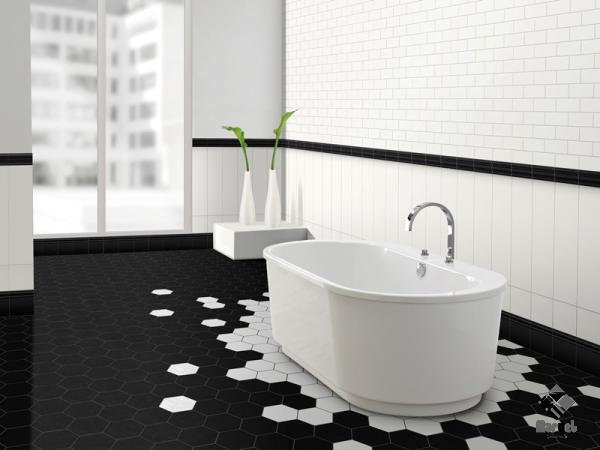
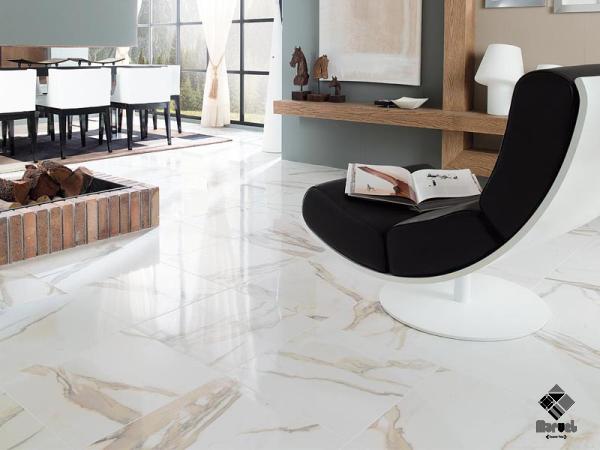


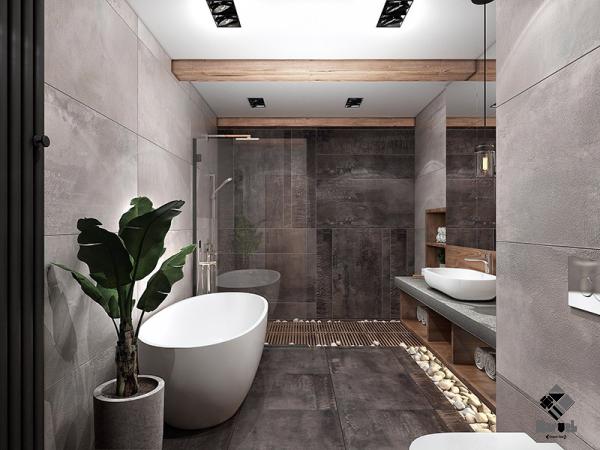
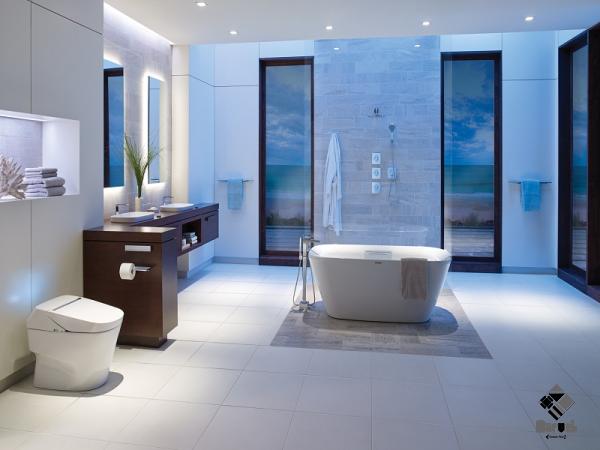
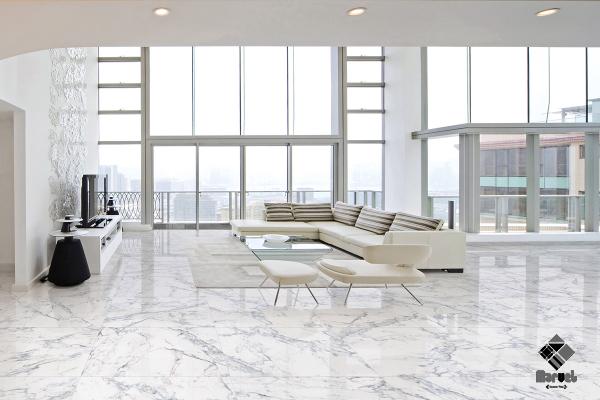
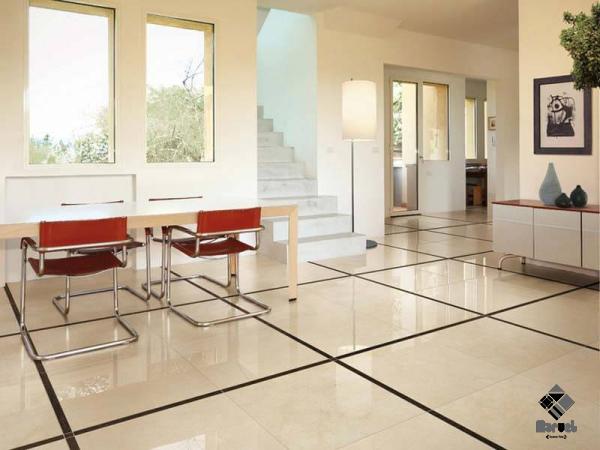
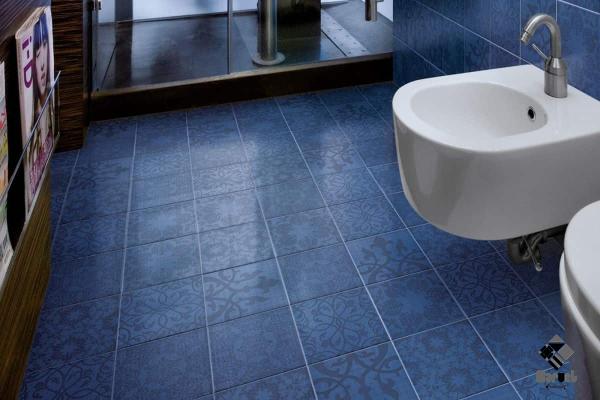
Your comment submitted.